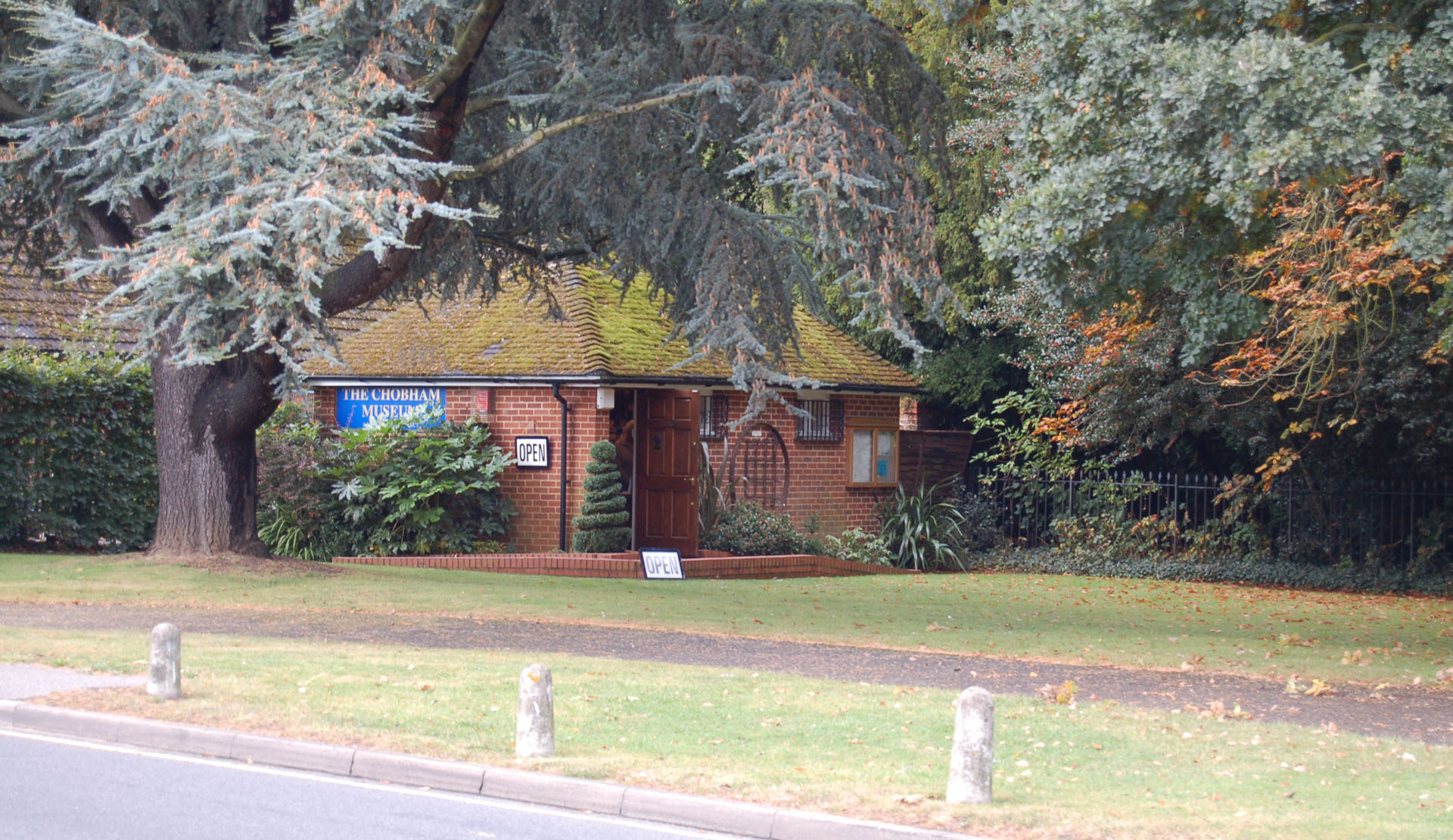Beginnings
Problems were looming in the Crimea and the Prince Consort was concerned that Army was out of training. It was therefore decided to run a training camp on Chobham Common.
Two batches of 8000 troops and 1200 horses each encamped on the Common for a month.
 The Regiments Arrive
The Regiments Arrive
In June the regiments arrived and set up lines of tents.
Logistics
Feeding and watering 8,000 active men and their horses before electricity, gas or motor vehicles were invented must have been an arduous task.
Military Exercises
The troops practised complicated manoeuvres. As well as the military exercises, the troops practised their skills in living outdoors.
Visitors
The Camp was a popular spectacle – 100,000 visitors in one day.
The Camp was extensively Covered by the Illustrated London News. There were daily reports with many excellent illustrations – still available in quantity. Mimbridge Antiques often carries stock.
Several guides were published, you can read the guide written by Charles MacFarlane by clicking on the link at the top of the left navigation margin.
Royal Visits
Heads of state visited from all over Europe. The most famous was the royal visit by Queen Victoria and the Prince Consort.

Theatre Productions
There were two plays staged in London which used the Camp as their theme.
Many songs were composed; one, The Chobham Camp Polka, is available from the Chobham Museum – £2
Breakup
At the end of each camp the soldiers and cavalry rode and marched all the way back to their barracks— some as far away as Winchester.
Aftermath
The following year, 1854, the British Army were fighting for real in the Crimea.
The Camp was regarded as such a success that decided to build a permanent camp on the heaths at Aldershot – it became the home of the British Army.


